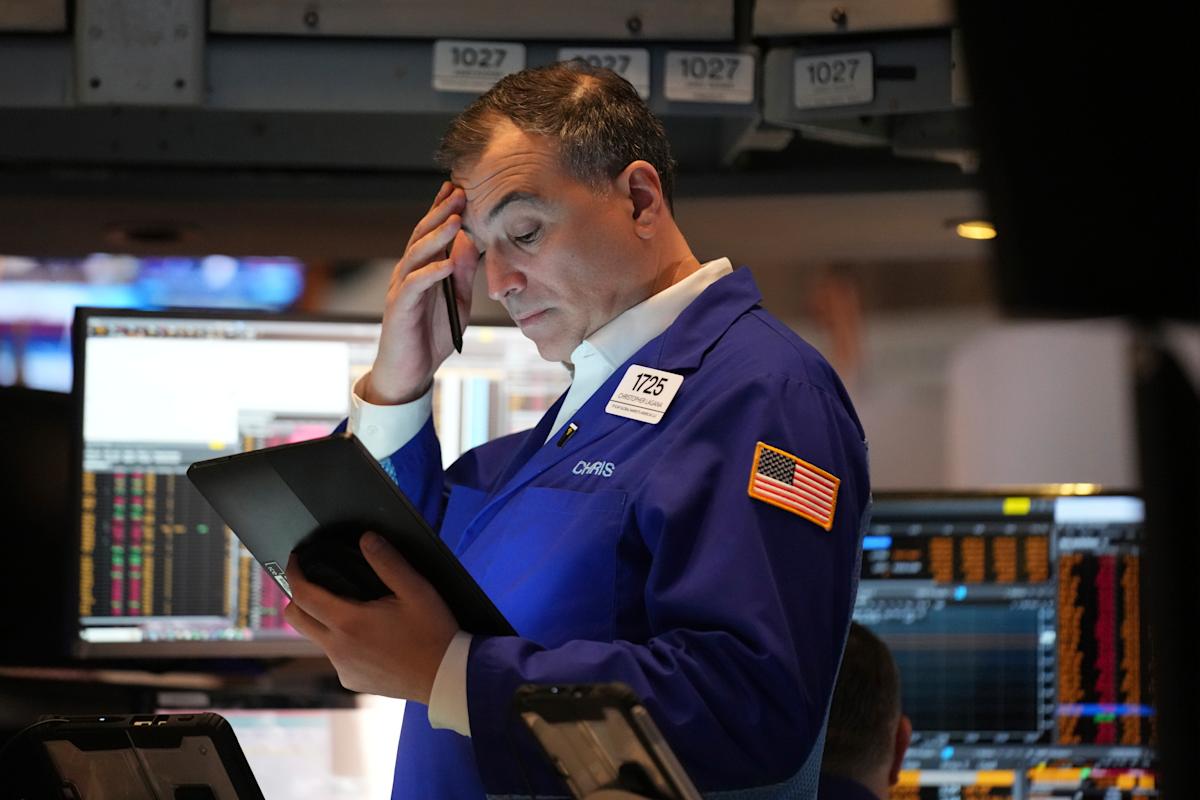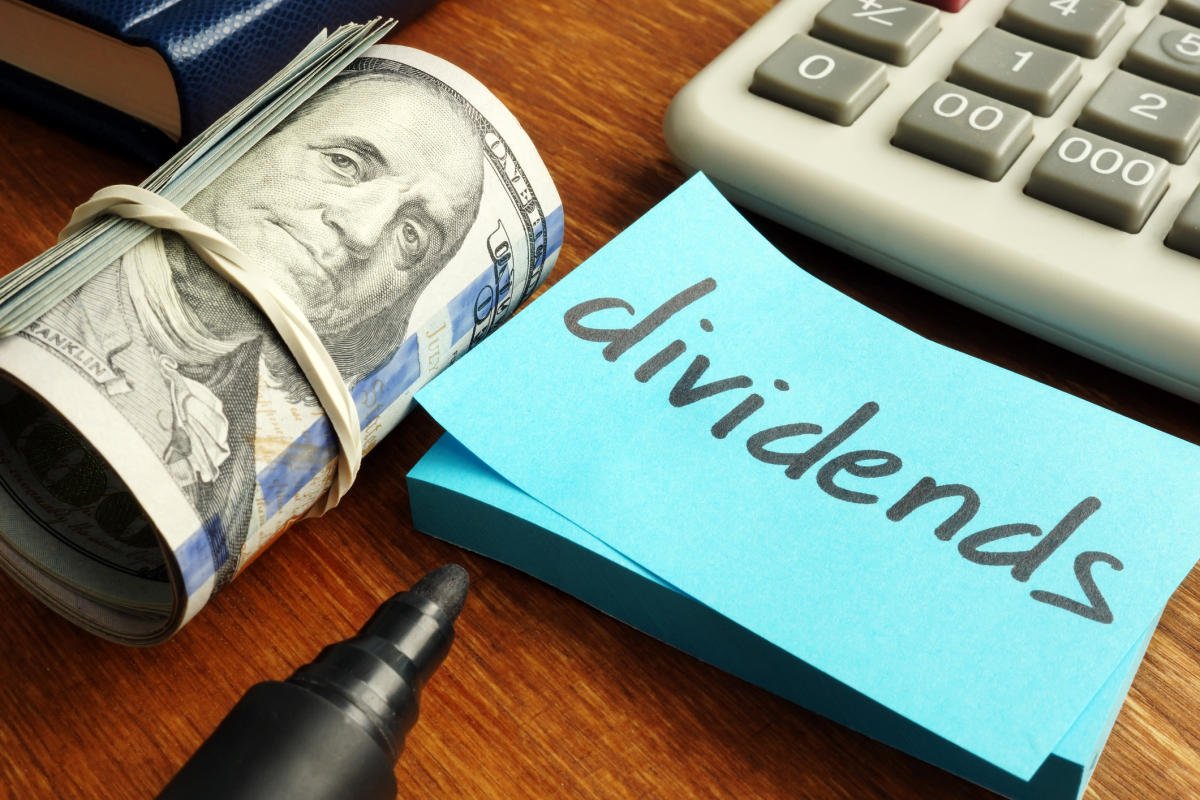In the late 1990s, mania over internet businesses created a stock market bubble. Tech companies added “.com” to their names and watched their valuations soar.
The Nasdaq skyrocketed nearly sevenfold to 5,048 — before the bubble burst in 2000 and it collapsed to a low of 1,139 in late 2002. It took 15 years for the Nasdaq to recover its previous high, finally crossing above 5,048 in March 2015.
Learn More: Making This Common Investing Mistake? Experts Share the Easy (but Urgent) Fix
Read Next: 8 Common Mistakes Retirees Make With Their Social Security Checks
The S&P 500 didn’t fare much better, recovering only slightly from the Dot Com bubble before the Great Recession hit and wiped out all those gains again. The S&P 500 only sustained its recovery after 2012.
Is history repeating itself with today’s AI boom? As you mull over your own investments, remember these lessons from the Dot Com era.
Everyone knew the Internet would transform our economy and society. That much was obvious. But no one knew exactly how it would do so.
That should sound eerily familiar, amidst all the hype around artificial intelligence.
“Sure, AI is a real, transformative technology, just like the Internet,” observes stock trading expert David Capablanca. “That doesn’t mean every AI company will survive. Many companies are jumping on the bandwagon, adding ‘AI’ to their branding just to attract investors. Many or even most of them will crash and never come back.”
Consider This: Money Influencer Delyanne Barros — Why Boring Could Be Best for Investing
Investors in the late ’90s bet heavily on any business pursuing an online presence or image. That led to outlandish price/earnings (P/E) ratios.
For example, investment advisor Bradley, Foster & Sargent points to Microsoft’s P/E ratio of 73 at the peak of the bubble, and Cisco’s exceeding 200. And those were real companies with significant tech advantages and earnings. They survived, unlike many of their competitors.
“Hype cycles always end in reality checks,” explained Fei Chen, investment strategist at Intellectia AI.
Investors need to fight the urge to follow the trends and instead focus on business fundamentals: Cash flow, top-line growth and sustainable margins.”
Thousands of companies saw huge spikes in their valuations in the late 1990s — only to declare bankruptcy by 2002. And millions of investors lost huge amounts of money on them.


















